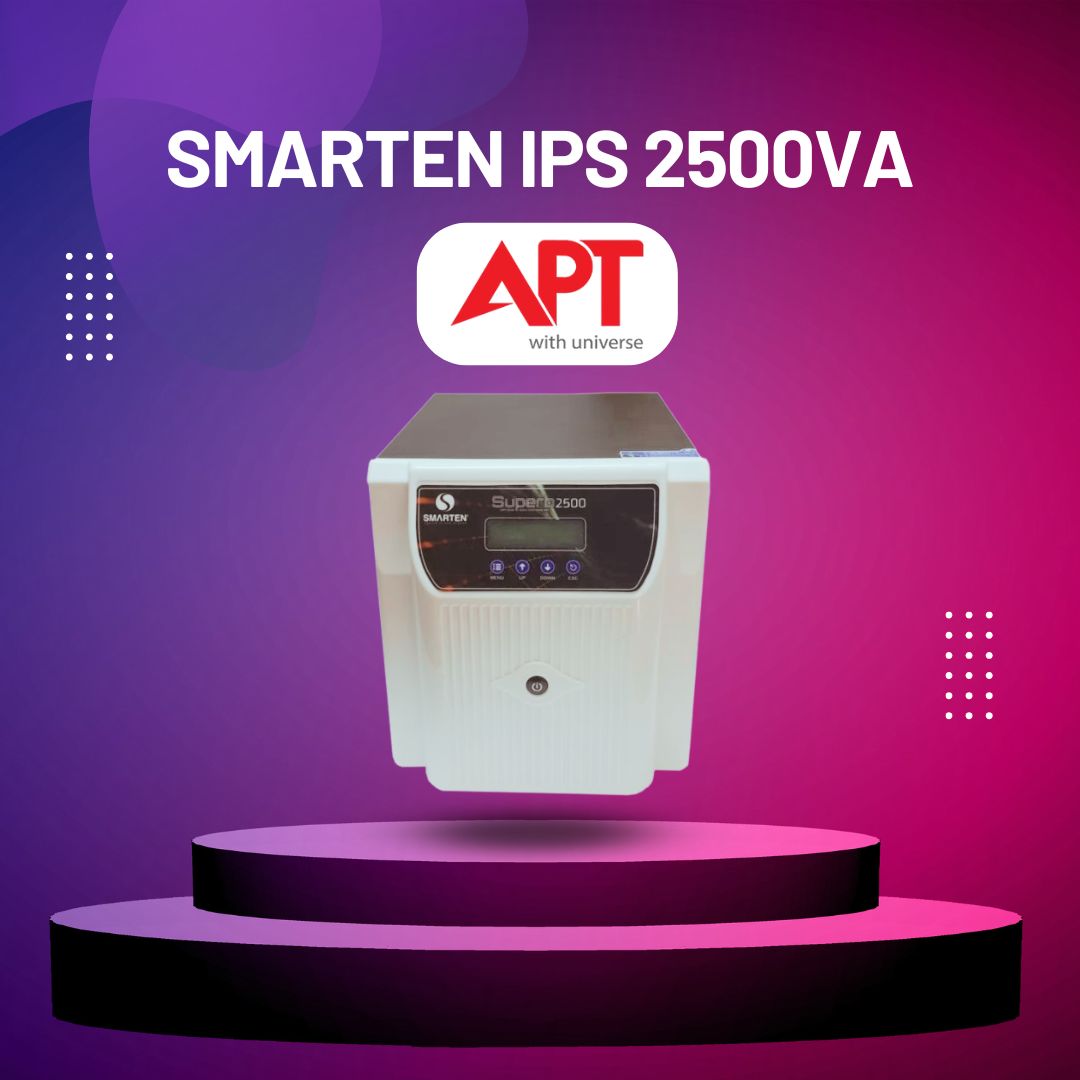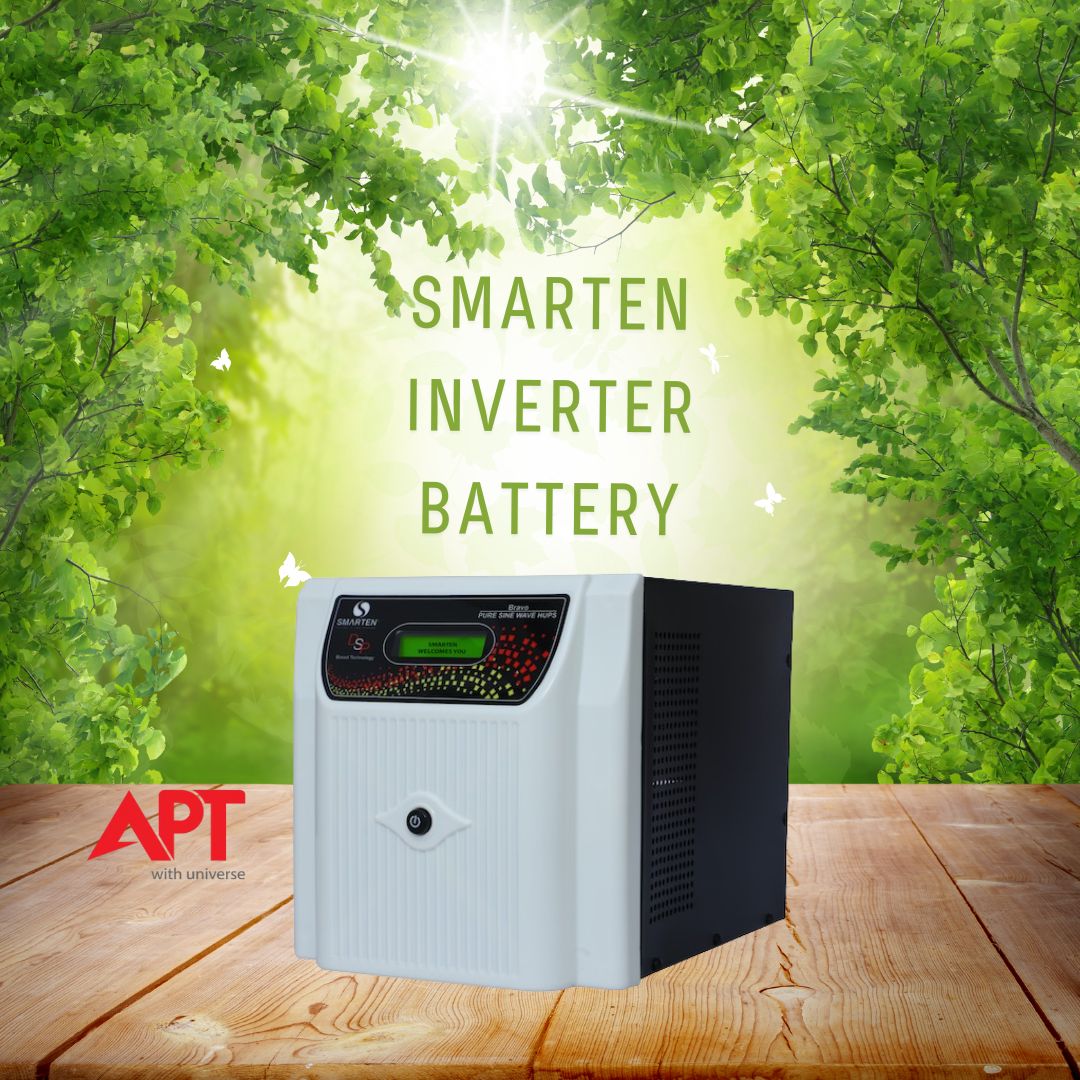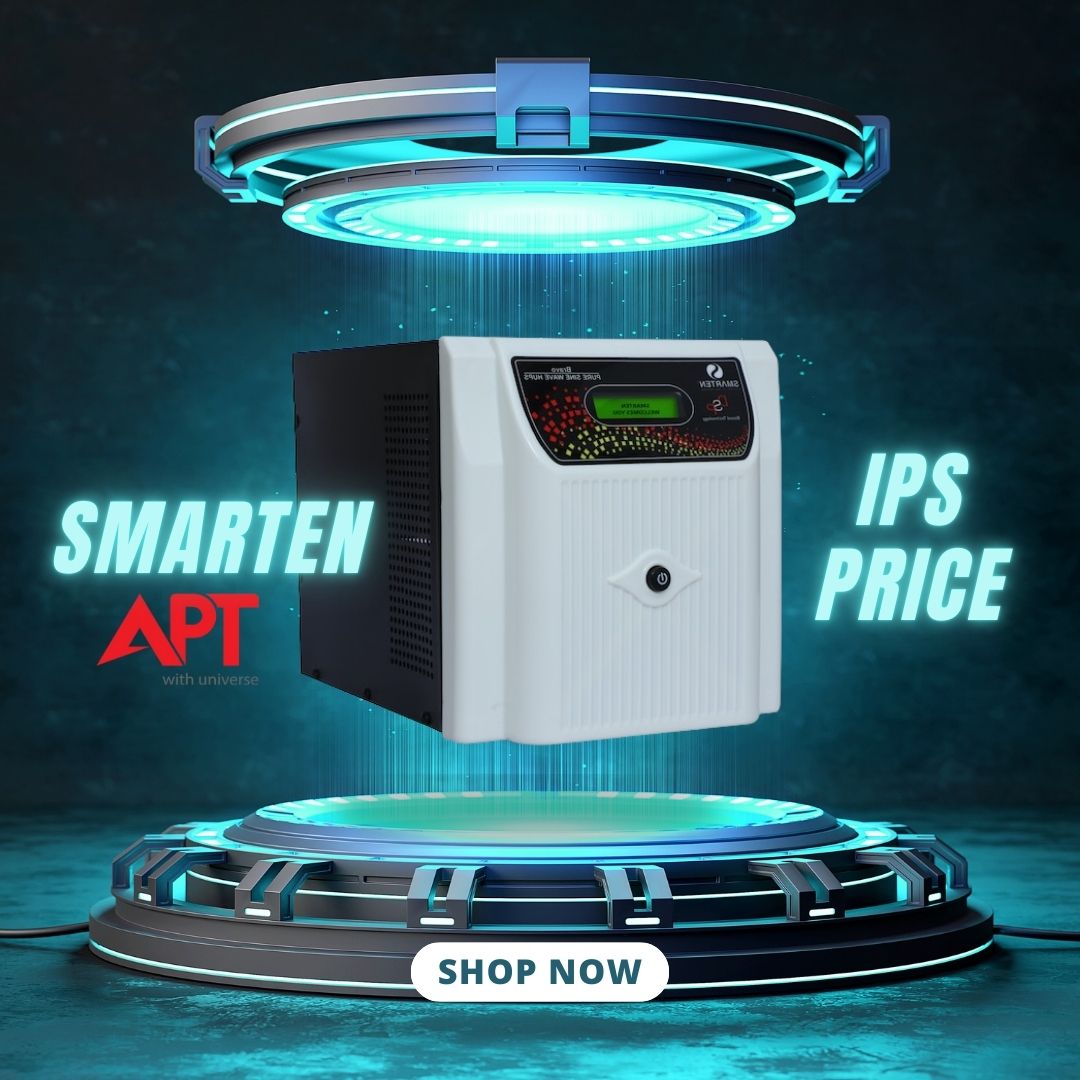About Automatic Voltage Stabilizer
Analyze what a voltage stabilizer is and its blessings, and spot the kinds and tips for how to pick the right Automatic Voltage Regulator.
What is a Voltage Stabilizer?
Voltage Stabilizer – Also known as an automatic voltage regulator (AVR), this electrical device delivers a constant voltage output to a load at its output terminals, irrespective of any change or fluctuation in the incoming supply. Line Interactive’s uninterruptible energy resources shielded from power troubles include sags, spikes, brownouts, and surges.
An automatic voltage regulator (AVR) is a device that turbines use to mechanically alter voltage. It turns fluctuating voltage levels into constant voltage levels.
The fundamental reason for a Voltage Stabilizer is to defend high-priced and valuable electrical systems like air conditioners, offset printing machines, laboratory devices, industrial machines, and clinical equipment from probable damage due to Voltage Surges, fluctuations, and Over/beneath Voltage situations.
Automatic Voltage Stabilizer is a single-phase, three-phase, high-accuracy, fully-automatic power supply device. It comprises a servo motor, a programmed control circuit, and different other components. These have highlights like programmed restarts, turn-on delays, time delays, and high-low voltage cut-offs that give effective and solid assurance for electrical gear against voltage issues. Voltage Stabilizer stabilizes the power supply through a wide input voltage. We have kept up the power supply by utilizing the Buck Boost Transformer Voltage. If the approaching power supply is low it boosts and the AVS transformer boosts the output voltage.
Types of Voltage Stabilizers:
With the development of the era, digital circuits came into existence and the Voltage Stabilizers became automated. Then got here the Servo-based Voltage Stabilizer that’s capable of stabilizing the voltage continuously, without any guide intervention. “Currently, you also have IC/Micro Controller-based Voltage Stabilizers that can perform additional functions. We can broadly categorize Voltage Stabilizers into three kinds.” They’re:
1.) Relay Type Voltage Stabilizers:
The electronic circuit in the stabilizer, using relay technology, compares the output voltage with a reference value that the reference voltage source has supplied and built-in.. The manipulating circuit switches in the Stabilizer switch to the corresponding relay to connect the preferred tapping for the output voltage. The relay era comes with a ±10 % output voltage accuracy.
Homes, offices, workplaces, and industries primarily use this kind of stabilizer for low-rating appliances as they’re of low weight and occasional fee.
2.) Servo-based Voltage Stabilizers:
We keep up the power supply by utilizing the Buck Boost Transformer Voltage. This technology attempts to remedy the accuracy of output and the postponed time within the relay era of stabilizers.
The Servo voltage stabilizer includes the servo motor, Buck-Boost transformer, and Autotransformer among different factors. The voltage that comes out of the servo stabilizer is the voltage throughout the buck-boost transformer.
At whatever point the incoming voltage is as high or very low inside the input range, the servo motor in this servo stabilizer moves over the autotransformer in such a way that the voltage brought on all through the secondary Buck-Boost transformer is the same as the set output voltage. We call this sort of stabilizer a servo stabilizer.
Advantages of Servo-Based Voltage Stabilizer:
1.) Have a fast response to voltage fluctuations.
2.) Have high Voltage Stabilization accuracy.
3.) Can withstand high voltage surges.
3.) Static Voltage Stabilizers
Static Voltage Stabilizer and Static voltage regulator is similar to servo voltage stabilizer however with no moving component. It uses a strong electronic Converter Circuit to stabilize the voltage. Static Voltage regulators are SMPS based which makes use of IGBT. Static Voltage Stabilizer is a brand new generation of voltage stabilizers based on PWM (Pulse Width Modulation technique). Those Static Voltage Stabilizers have a completely high accuracy and the voltage stabilization is inside ±1%.
We study servo stabilizers with relay-type stabilizers and we find numerous advantages of servo voltage stabilizers together with higher correction velocity, excessive precision of stabilized output, functionality of withstanding inrush currents, and most importantly immoderate reliability. We can highlight the versions of the two kinds of voltage stabilizers as follows:





